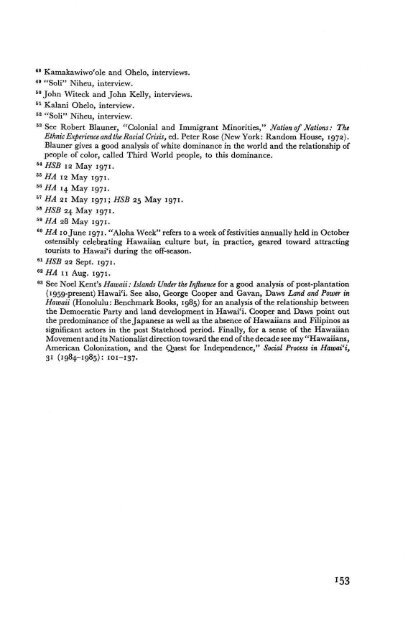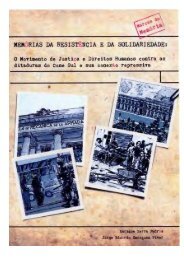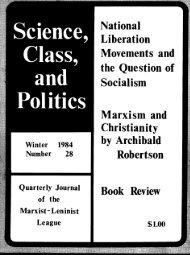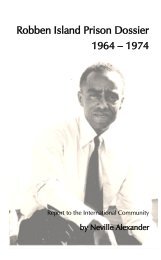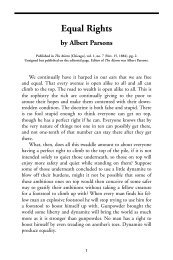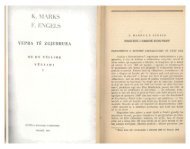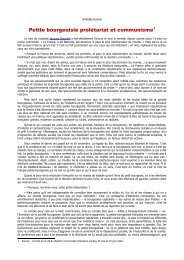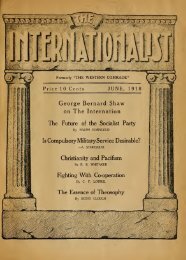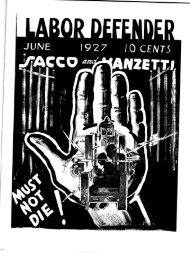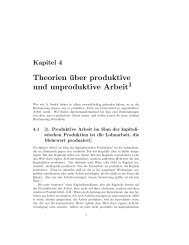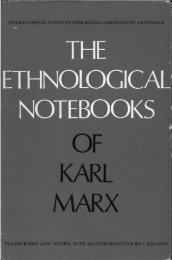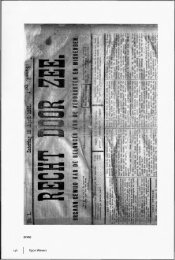The Birth of the Modern Hawaiian Movement: Kalama Valley, O'ahu
The Birth of the Modern Hawaiian Movement: Kalama Valley, O'ahu
The Birth of the Modern Hawaiian Movement: Kalama Valley, O'ahu
You also want an ePaper? Increase the reach of your titles
YUMPU automatically turns print PDFs into web optimized ePapers that Google loves.
48 Kamakawiwo'ole and Ohelo, interviews.<br />
49 "Soli" Niheu, interview.<br />
50 John Witeck and John Kelly, interviews.<br />
51 Kalani Ohelo, interview.<br />
52 "Soli" Niheu, interview.<br />
53 See Robert Blauner, "Colonial and Immigrant Minorities," Nation <strong>of</strong> Nations: <strong>The</strong><br />
Ethnic Experience and <strong>the</strong> Racial Crisis, ed. Peter Rose (New York: Random House, 1972).<br />
Blauner gives a good analysis <strong>of</strong> white dominance in <strong>the</strong> world and <strong>the</strong> relationship <strong>of</strong><br />
people <strong>of</strong> color, called Third World people, to this dominance.<br />
54 HSB 12 May 1971.<br />
55 HA 12 May 1971.<br />
56 HA 14 May 1971.<br />
57 HA 21 May 1971; HSB 25 May 1971.<br />
58 HSB 24 May 1971.<br />
59 HA 28 May 1971.<br />
60 HA 10 June 1971. "Aloha Week" refers to a week <strong>of</strong> festivities annually held in October<br />
ostensibly celebrating <strong>Hawaiian</strong> culture but, in practice, geared toward attracting<br />
tourists to Hawai f i during <strong>the</strong> <strong>of</strong>f-season.<br />
61 HSB 22 Sept. 1971.<br />
62 HA 11 Aug. 1971.<br />
63 See Noel Kent's Hawaii: Islands Under <strong>the</strong> Influence for a good analysis <strong>of</strong> post-plantation<br />
(1959-present) Hawai'i. See also, George Cooper and Gavan, Daws Land and Power in<br />
Hawaii (Honolulu: Benchmark Books, 1985) for an analysis <strong>of</strong> <strong>the</strong> relationship between<br />
<strong>the</strong> Democratic Party and land development in Hawai'i. Cooper and Daws point out<br />
<strong>the</strong> predominance <strong>of</strong> <strong>the</strong> Japanese as well as <strong>the</strong> absence <strong>of</strong> <strong>Hawaiian</strong>s and Filipinos as<br />
significant actors in <strong>the</strong> post Statehood period. Finally, for a sense <strong>of</strong> <strong>the</strong> <strong>Hawaiian</strong><br />
<strong>Movement</strong> and its Nationalist direction toward <strong>the</strong> end <strong>of</strong> <strong>the</strong> decade see my "<strong>Hawaiian</strong>s,<br />
American Colonization, and <strong>the</strong> Quest for Independence," Social Process in Hawai'i,<br />
31 (1984-1985): 101-137.<br />
153


